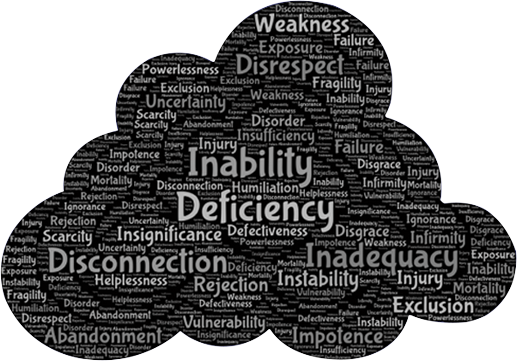Understanding ADHD Symptoms in Kids: A Comprehensive Guide
Attention Deficit Hyperactivity Disorder (ADHD) is a neurodevelopmental disorder that affects millions of children worldwide. Identifying ADHD symptoms in kids is crucial for early intervention and effective management. At SnapAlways, we understand the importance of recognizing these symptoms and providing support to both children and their families. Let's delve into the world of ADHD symptoms in kids and how to address them.
What are ADHD Symptoms in Kids?
1. Inattention:
Children
with ADHD often struggle to pay attention to details, making careless mistakes
in schoolwork or other activities. They may have difficulty sustaining
attention in tasks or play activities and seem forgetful in daily routines.
2. Hyperactivity:
Hyperactive
symptoms include fidgeting, squirming, or restlessness, especially in
situations where sitting still is expected. Kids with ADHD may struggle to play
quietly or engage in leisure activities calmly.
3. Impulsivity:
Impulsive
behavior manifests as acting without thinking of consequences, interrupting
others, or having difficulty waiting for their turn. These behaviors can impact
social interactions and academic performance.
How SnapAlways Can Help
At
SnapAlways, we offer tailored support and resources for families navigating
ADHD. Our services include:
Parent Education: Understanding ADHD is
the first step towards effective management. We provide comprehensive resources
and workshops to equip parents with the knowledge and skills to support their
child.
Therapeutic Interventions: Our team of
professionals offers individualized therapy sessions to address specific
challenges associated with ADHD. From behavioral therapy to cognitive
interventions, we employ evidence-based practices to promote positive outcomes.



Comments
Post a Comment